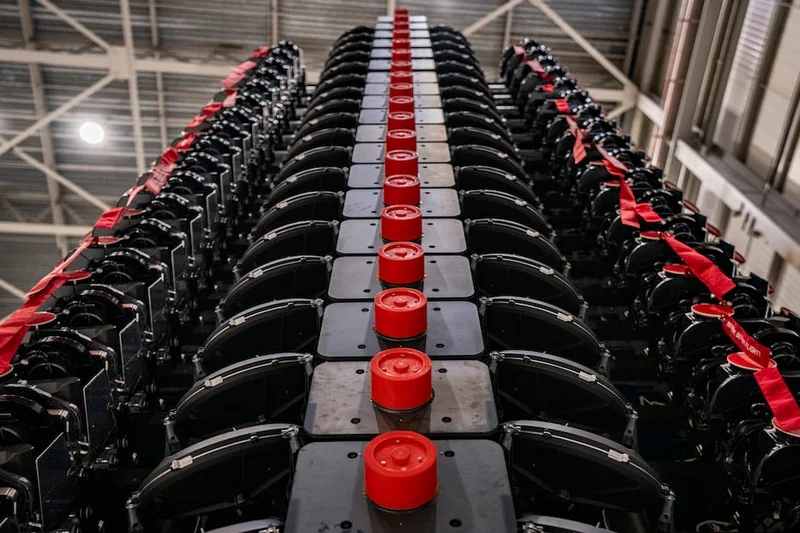Starlink's Next Act: From Internet Beams to Orbiting AI Brains
Okay, folks, buckle up, because SpaceX isn't just launching internet satellites anymore. They're laying the groundwork for something far, far bigger: a network of orbiting data centers powered by AI. When I first read about Elon Musk's tweets on this, I honestly had to take a moment. It's like realizing your phone isn't just a phone, it's a pocket-sized supercomputer connected to the entire world.
We just saw another successful launch – Starlink 6-89 taking off from Kennedy Space Center, the Falcon 9 booster B1092 making its eighth flight and sticking the landing on "A Shortfall of Gravitas." And while each of these launches adds to the growing constellation – there are now over 10,000 satellites in orbit! – it's the future of these satellites that's got my mind racing. How many Starlink satellites in orbit will it take to change the world?
The Big Leap: Data Centers in the Sky
Musk is talking about scaling up the V3 Starlink satellites, equipping them with high-speed laser links, and turning them into orbiting data centers. Think about that for a second. Data centers – those massive, power-hungry server farms that are the backbone of the internet – floating in space. It sounds like science fiction, right? But SpaceX is already building the foundation. Elon Musk: Future Starlink Satellites Will Become Orbiting Data Centers
And here's the kicker: these aren't your run-of-the-mill satellites. The V3s are significantly larger, almost four times the mass of the current V2 Minis. That extra space? It's not just for bigger antennas; it's for packing in the computing power needed to run AI workloads in orbit. Imagine being able to connect to a satellite and train an AI model, all without the constraints of Earth-bound infrastructure.
One of the biggest challenges with space-based data centers is connectivity, how do you get data in and out when the satellites are constantly moving? SpaceX already has a solution: laser links. These links allow the satellites to transmit data at up to 200Gbps, creating a mesh network in space. It's like having a super-fast, constantly evolving internet backbone circling the planet.

This is the kind of breakthrough that reminds me why I got into this field in the first place.
This reminds me of when Gutenberg invented the printing press. Suddenly, information wasn't limited to the elite few who could afford hand-scribed manuscripts. It became democratized, accessible to anyone who could read. This feels like that kind of paradigm shift.
Now, a company called Starcloud is already planning to launch a test satellite with an Nvidia H100 GPU for AI training, hitching a ride on a Falcon 9. They aim to build a network of orbiting data centers powered by the sun, connecting to Starlink for that crucial data transfer.
But let's not get carried away without a moment of ethical consideration. The concentration of power in a few private companies raises serious questions. How do we ensure equitable access to these resources? How do we prevent the weaponization of space-based AI?
A New Dawn for Humanity
So, what does this all mean for us? It means a future where AI development isn't limited by terrestrial power grids or geographical constraints. It means faster innovation, new possibilities, and a chance to solve some of humanity's biggest challenges. It means we have to be responsible stewards of this technology, ensuring that it benefits everyone. Are we ready for this new reality?
